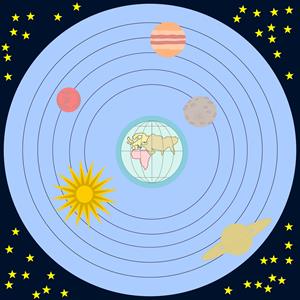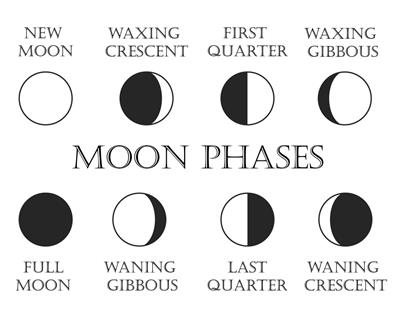PDF chapter test TRY NOW
While you are travelling through train or any vehicle, you could see that the trees and other stationaries are moving backwards.
You could see the Sun, Moon, planets, and stars moving about earth along circular paths day after day. It appeared reasonable to assume that earth was stationary and all of those spinning around it.
You could see the Sun, Moon, planets, and stars moving about earth along circular paths day after day. It appeared reasonable to assume that earth was stationary and all of those spinning around it.
Our ancestors noted this and believed that the earth is the centre of the universe.
Is this true that sun revolves around the earth?
Reasons for the ancestors to believe that the earth is centre of the universe:
- You stand anywhere in the earth, and you see that sun rises in the east, moving towards the west and sets in the west. similarly, the moon and other planets are having their movements and seemed to revolve around the earth.
- The observer in the earth felt that the earth is in stationary.
Greek astronomer Plato and his disciple Aristotle in 6th century B.C created the Geocentric model, and Ptolemy standardized it in 2nd Century A.D.
The geocentric model describes that the Universe with spherical and spinning earth at the centre and the Sun, Moon, stars, and planets all orbits the earth emerged in various cultures.

Astronomers like Aryabhata said that earth is spinning in its axis, that is the cause of apparent daily motion from East to West. Simultaneously, the moon's eastward movement in the celestial sphere was seen as the ‘actual’ motion of the celestial objects.
Phases of the Moon
The shape of the moon looks to be different on each night. Some nights, the moon might look like a narrow crescent. Other nights, the moon might look like a bright circle. And on other nights, you might not be able to see the moon at all. Moons phases are represented as the moon's different shapes that we see at different times of the month.

Depending upon the moon's place in its orbit and path, the moon's illuminated part is visible to earth.
New Moon: Succession to full moon, as the Moon orbits around the earth, we begin to see less of the moon lightened by the Sun. Ultimately, the moon reaches a point in its orbit when we don’t see any of the moon illuminated. At that point, the far side of the moon is facing the Sun. This phase is called a new moon. During the new moon, the side facing the earth is dark. Waxing Crescent: We see the waxing crescent phase as a thin crescent opening to the left.
First Quarter: We see the first quarter phase as a half moon.
Waxing Gibbous: The waxing gibbous phase is between a half moon and full moon. Waxing means it is getting bigger.
Full: When we have a full view of the moon's utterly illuminated side, that phase is known as a full moon.
Waning Gibbous: The waning gibbous phase is between a half moon and full moon. Waning means it is getting smaller.
Third Quarter: We see the third or last quarter moon as a half moon, too. It is the opposite half as illuminated in the first quarter moon.
Waning Crescent: We see the waning crescent phase as a thin crescent opening to the right.
